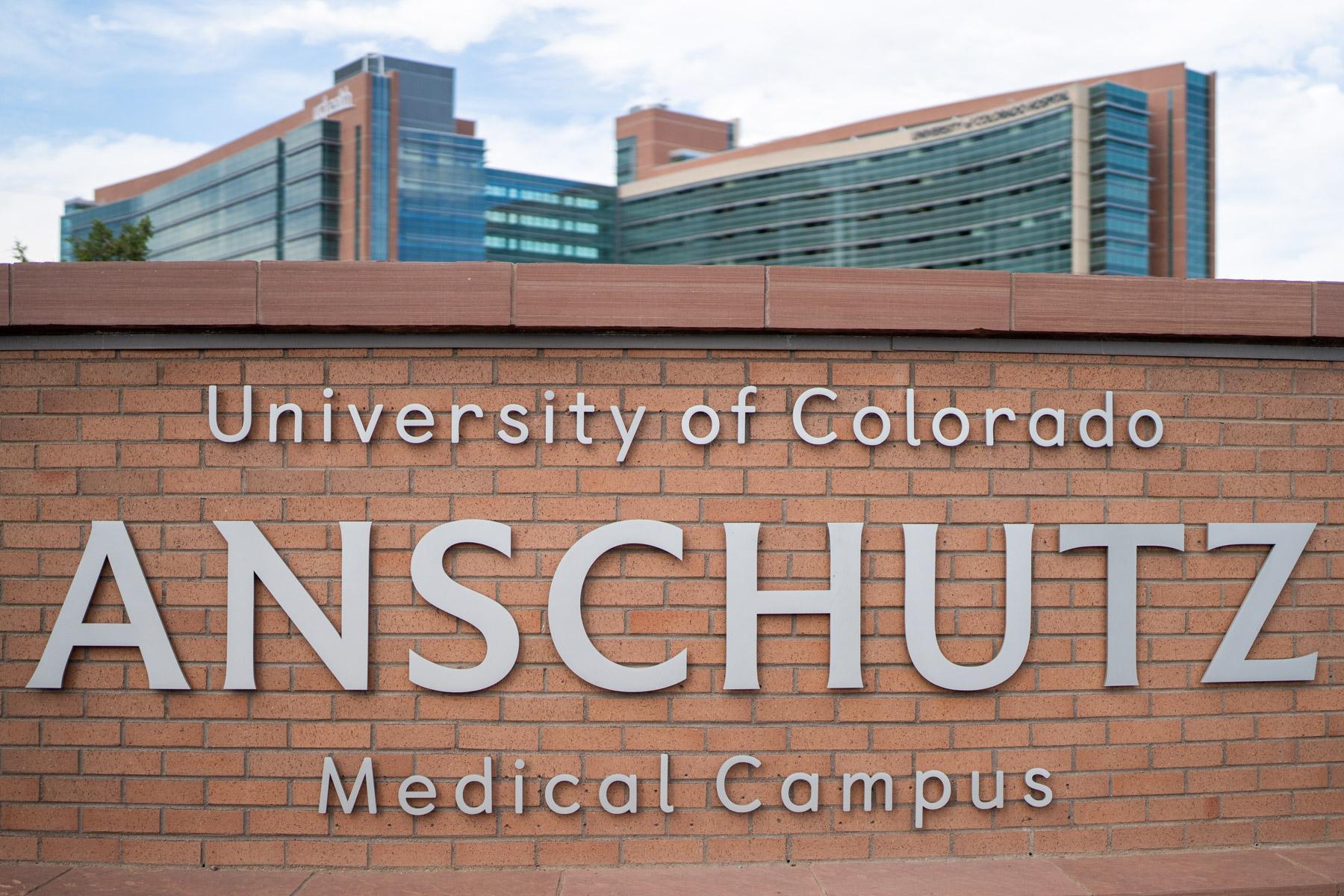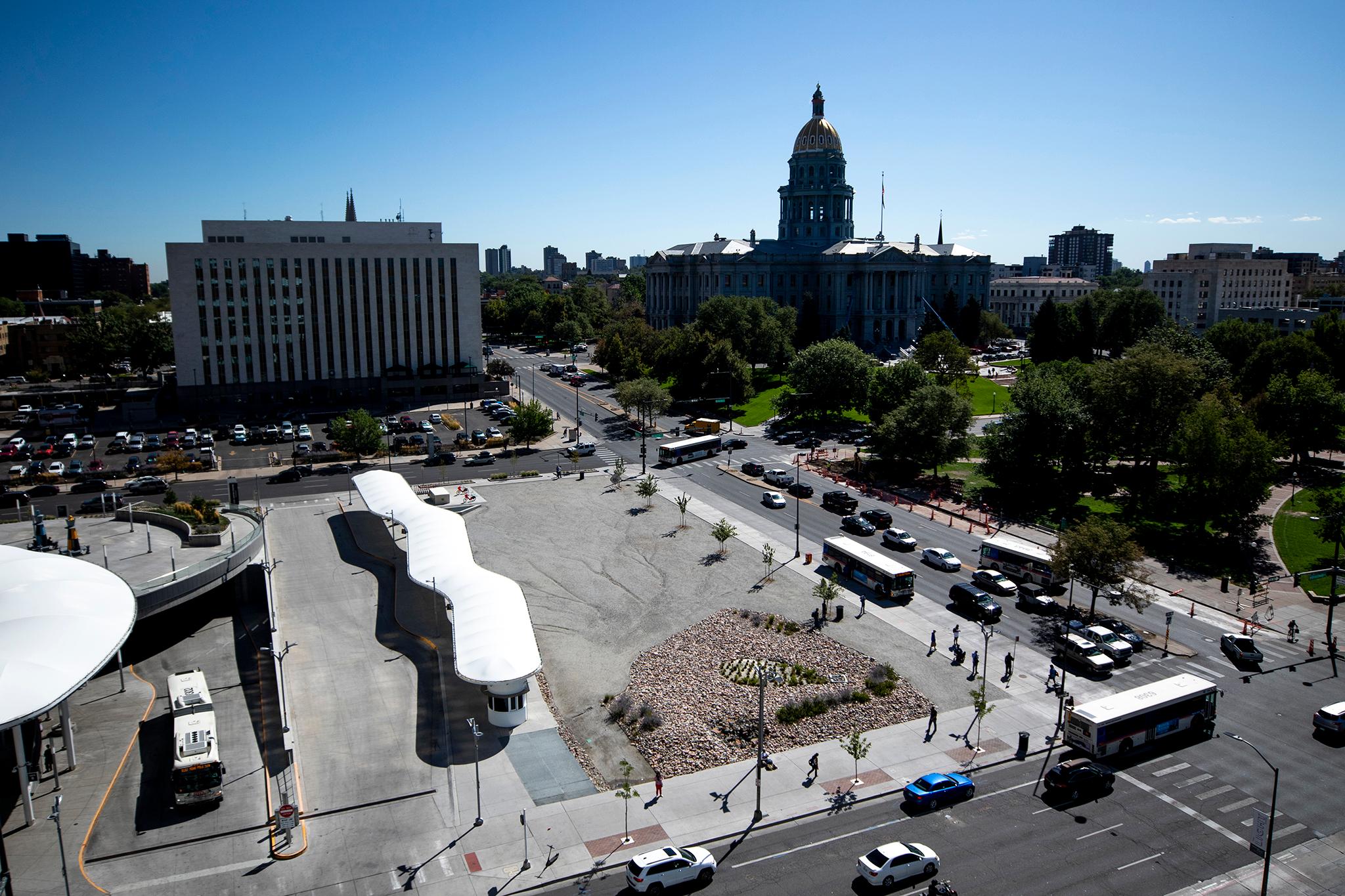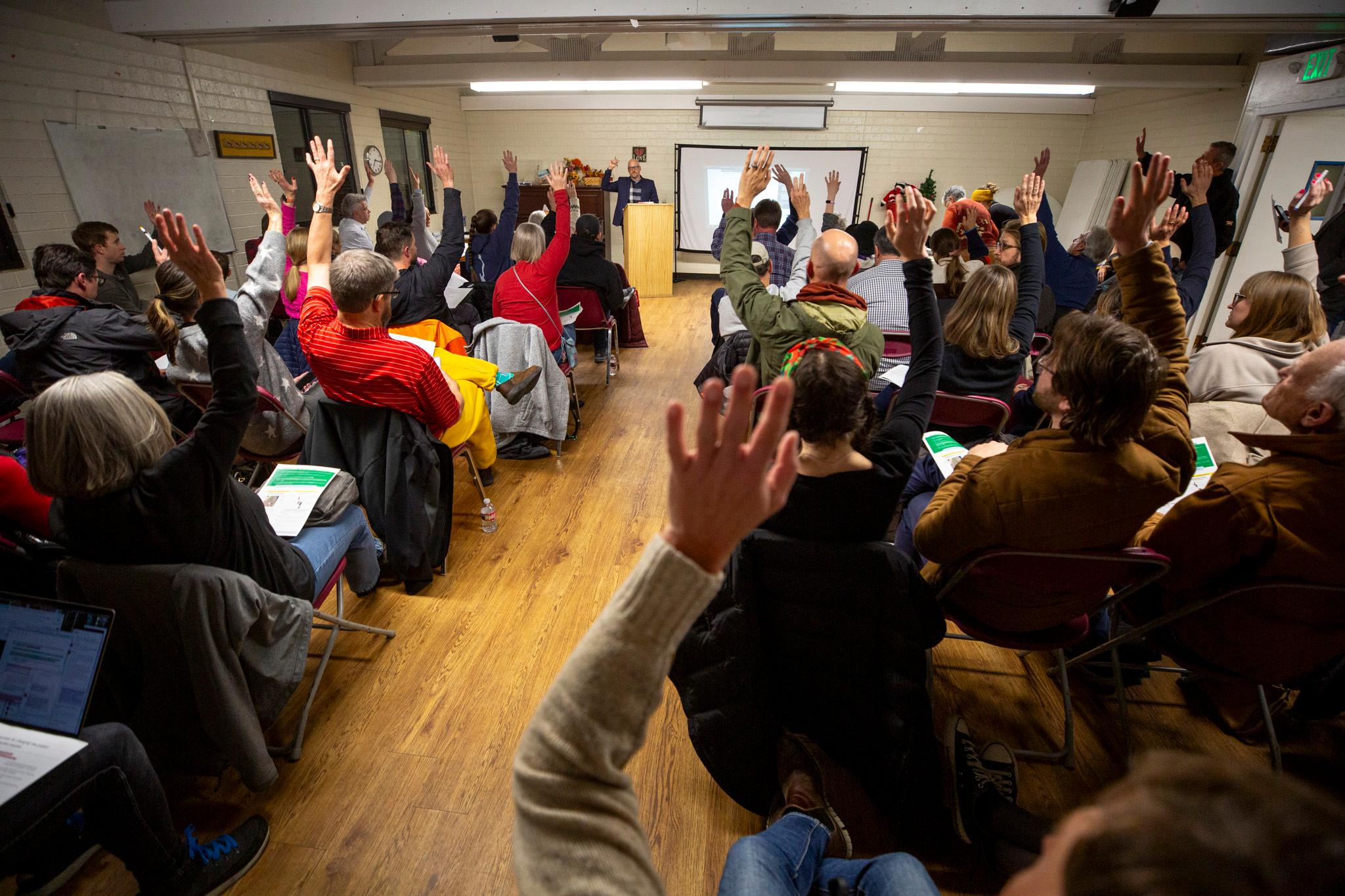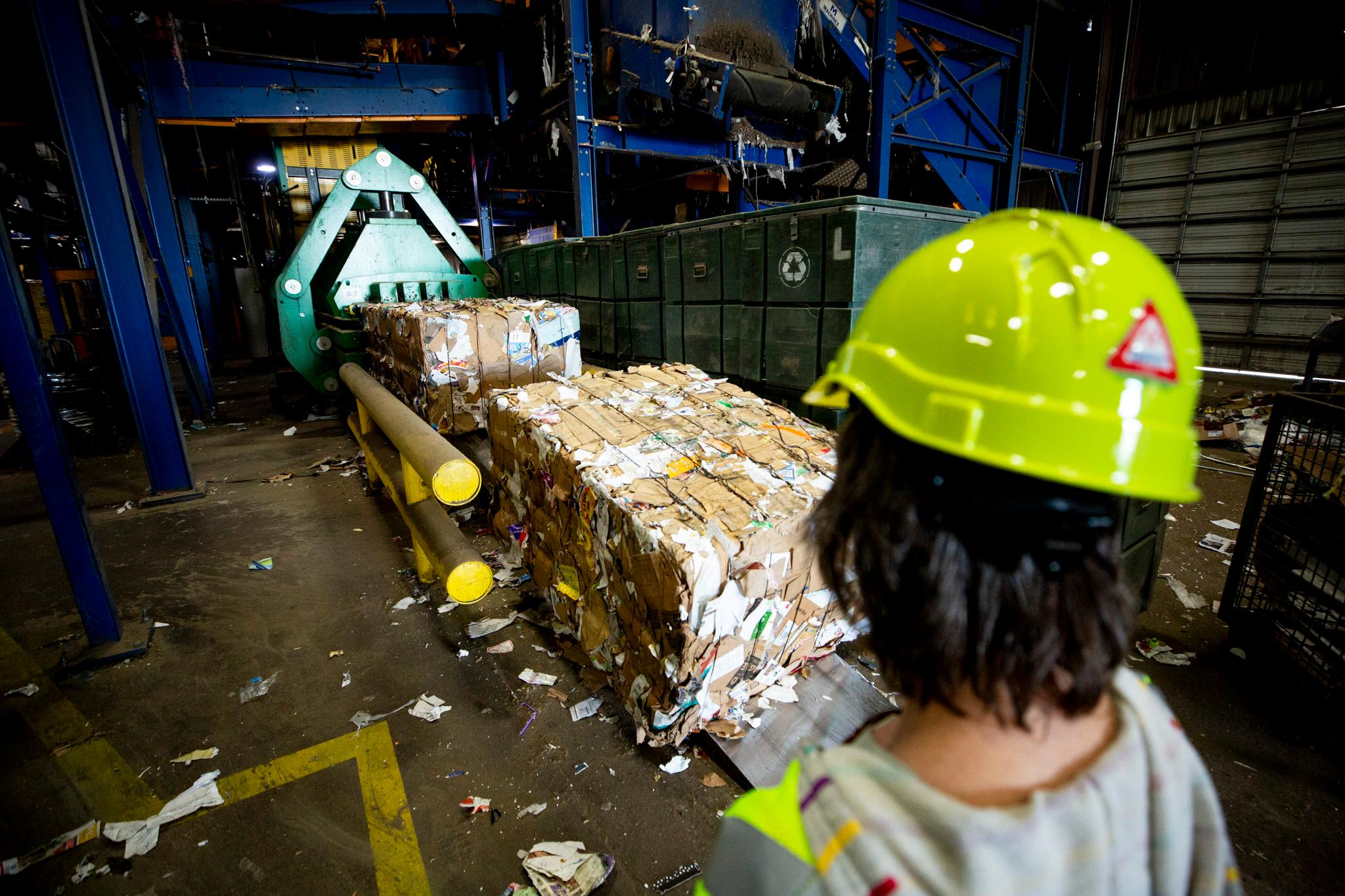For as dry as Colorado can be, Denver has always faced the occasional threat of enormous floods.
They’ve shaped the city’s very infrastructure, spurring us to build dams and underground drainage systems large enough to drive trucks through.
In Denver’s Montbello neighborhood, flood control means a system of open-air channels meant to usher water away from homes — but they haven’t always worked.
“I remember, this happened years ago, but every time it would rain a lot, this would get flooded with water,” lifelong resident Brian Quinonez told us on a recent Saturday, standing in his driveway.
He lives less than a block from one of Montbello’s drainage channels, and he’s been there long enough to see floodwaters rise over its edge.
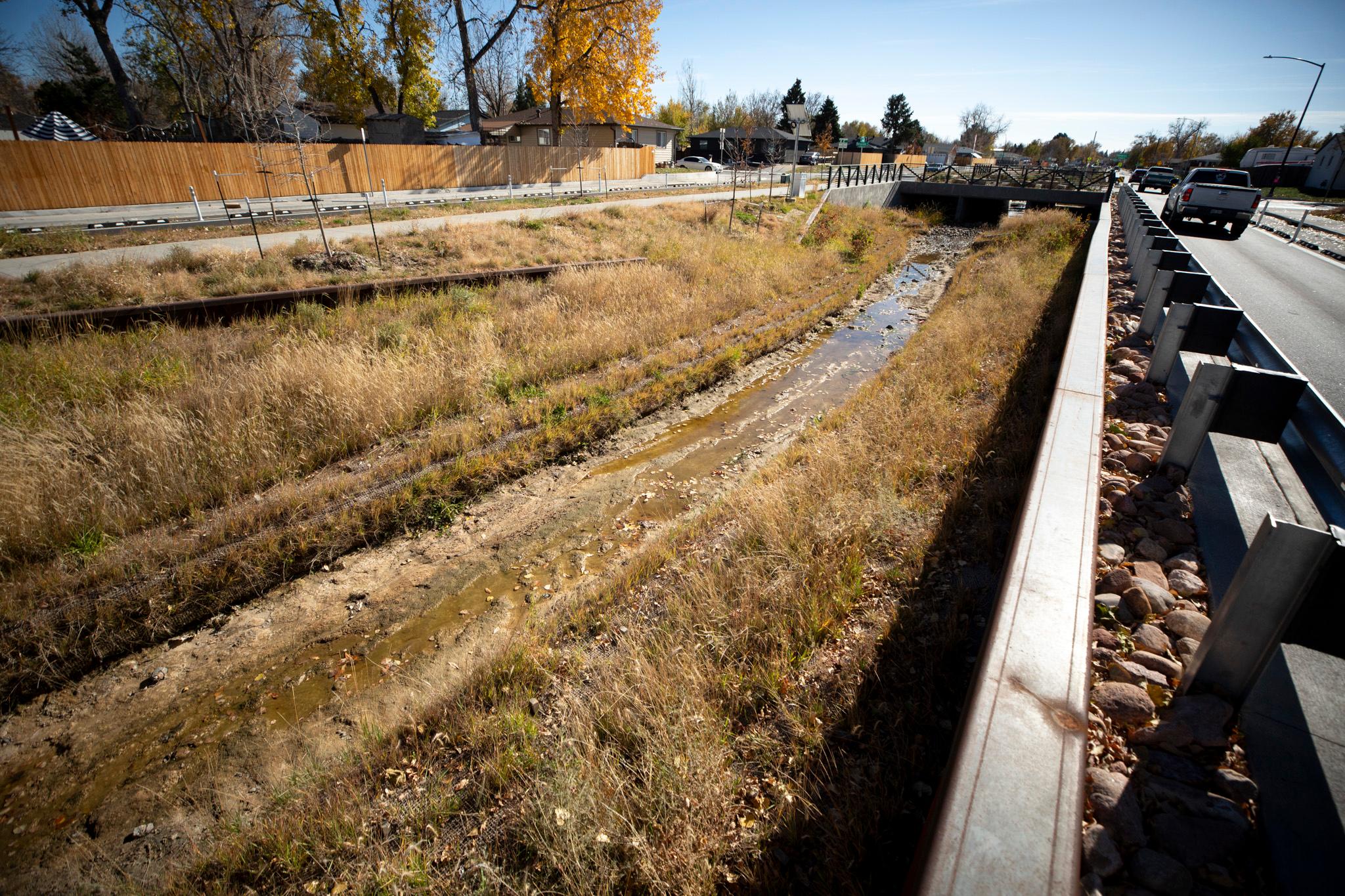
“We have videos of us riding things in the water and we thought it was funny,” he said. “We would get water damage in the basement a lot, and I know a lot of the neighbors would too. So it would suck when the water would come all the way up.”
The next storm, however, could be different.
After four years of planning and construction, the city and the neighborhood recently celebrated a drainage upgrade that should make the system more effective and perhaps more aesthetic. The concrete channel at Uvalda Street and 56th Avenue has been transformed into a grassy creek, which Denver’s planners say should keep Quinonez’s basement dry in a future storm surge.
New look, new drainage.
The newer, greener channel currently stretches about five blocks. Eventually, it could stretch five more.
Nancy Kuhn, spokesperson for Denver’s Department of Transportation and Infrastructure, said this phase of the project cost $20 million. Denver covered 56 percent of that bill; the Mile High Flood District covered the rest.
Planning began in 2021, and construction on this segment concluded last month.
Kuhn told us the project’s main goal is to usher more water through the corridor. It can now handle a 100-year flood, which is typically the worst-case scenario that infrastructure like this is built to withstand.
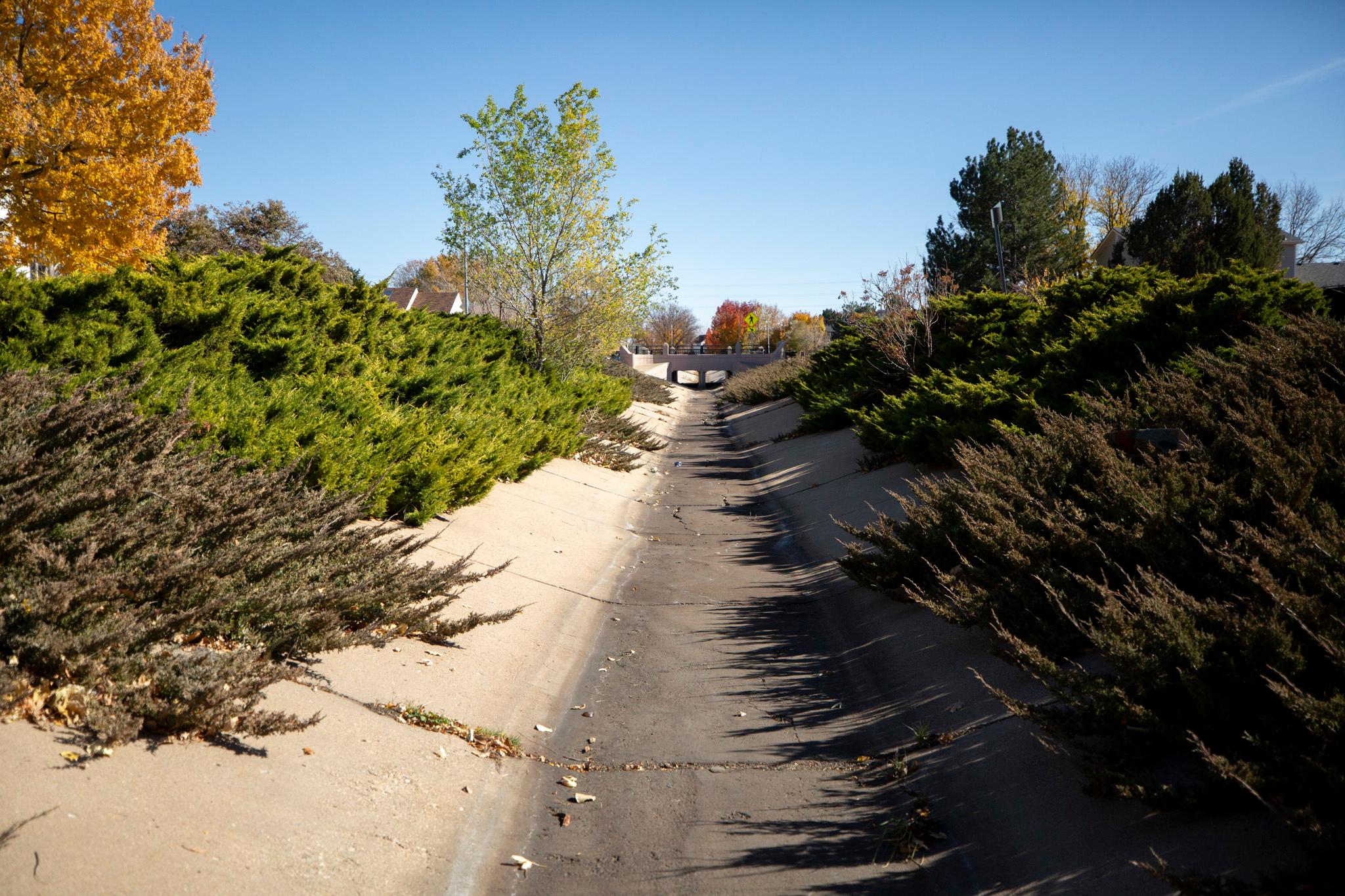

Disasters like that will be increasingly relevant as Earth’s climate changes. As climatic shifts increase drought risk in Colorado, they may paradoxically also heighten the possibility of large floods.
The channel’s natural features are easier to maintain than concrete, she added, and might also help lessen the “heat island effect” drawing higher temperatures to our urban landscape
It’s also just nicer.
Kuhn’s press release about the project’s completion is titled, “From Eyesore ... to Sight for Sore Eyes.”
The next segment will eventually span five more blocks, from 56th to 51st avenues. Kuhn said the city will begin a new public outreach process in the spring for that extension.
Residents agree — it is nicer!
“It feels so good,” Marlen Chacon, a recent high school graduate, told us during a recent walk around the neighborhood. “It looks so much better. And it's nice being able to walk around your neighborhood without going that far and having a pretty view of the little creek that's there.”
Construction felt like it took forever, she added, so she was relieved when the trucks and cones finally disappeared from her block.
“I actually learned to drive before I could even drive on this road, because it was closed off for so long,” she said.

Sitclali Nevarez, who lives right next to the new channel, agreed. She has a couple of kids, and the wide sidewalks that came with the infrastructure were welcome improvements.
“It's actually very nice. Much nicer than what we expected,” she said.
Brian Quinonez said he wasn’t particularly moved by the new look, and the project did add a U-turn to his drive home. But he’s hopeful the new channel will keep his basement safer. Now that he’s older, a flooded roadway isn’t so funny.
“It hasn't rained yet like that, but I hope that that doesn't happen anymore,” he said.
For some, it was about more than flood risk.
For decades, many Montbello residents felt their neighborhood had been passed over by city investment. It’s part of the “Inverted L,” a pattern that describes historic inequality in the city, from a lack of trees to lower education scores.
So there was some feeling among the neighbors we met that the spiffy new ditch was a sign that the city has finally turned its attention to its northeast neighborhoods.

“I do think so. I do. I’ve seen a lot of new infrastructure, a lot of new construction that has been going on, and it's really nice to see the city putting a lot of effort into Montbello now,” the 18-year-old Chacon told us. “I do notice that they are putting in a lot more effort.”
Quinonez agreed.
“It shows that they're paying more attention,” he said. “They're helping us out, protecting our properties. We've been here for years, so it's nice to know that we're seen, you know?”


